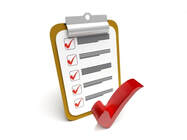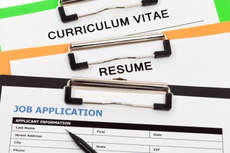 Image courtesy of attva at FreeDigitalPhotos.net
Image courtesy of attva at FreeDigitalPhotos.net - Develop SMART goals that clarify your job target, including job title, industry, and location (this will clarify the messaging you will use when tailoring your resume, constructing interview responses, and scheduling networking conversation.
- Identify at least 10 companies to target when building your job search pipeline with plans not to allow the number to diminish to less than 7.
- Create professional branding documents including resume, LinkedIn profile, tailored cover letters, and follow-up correspondence (schedule a coaching session to uncover your strengths, talents, skills, and values).
- Strategically tailor your resume towards specific roles.
- Formally conduct salary research to understand your current worth in the market.






 RSS Feed
RSS Feed

